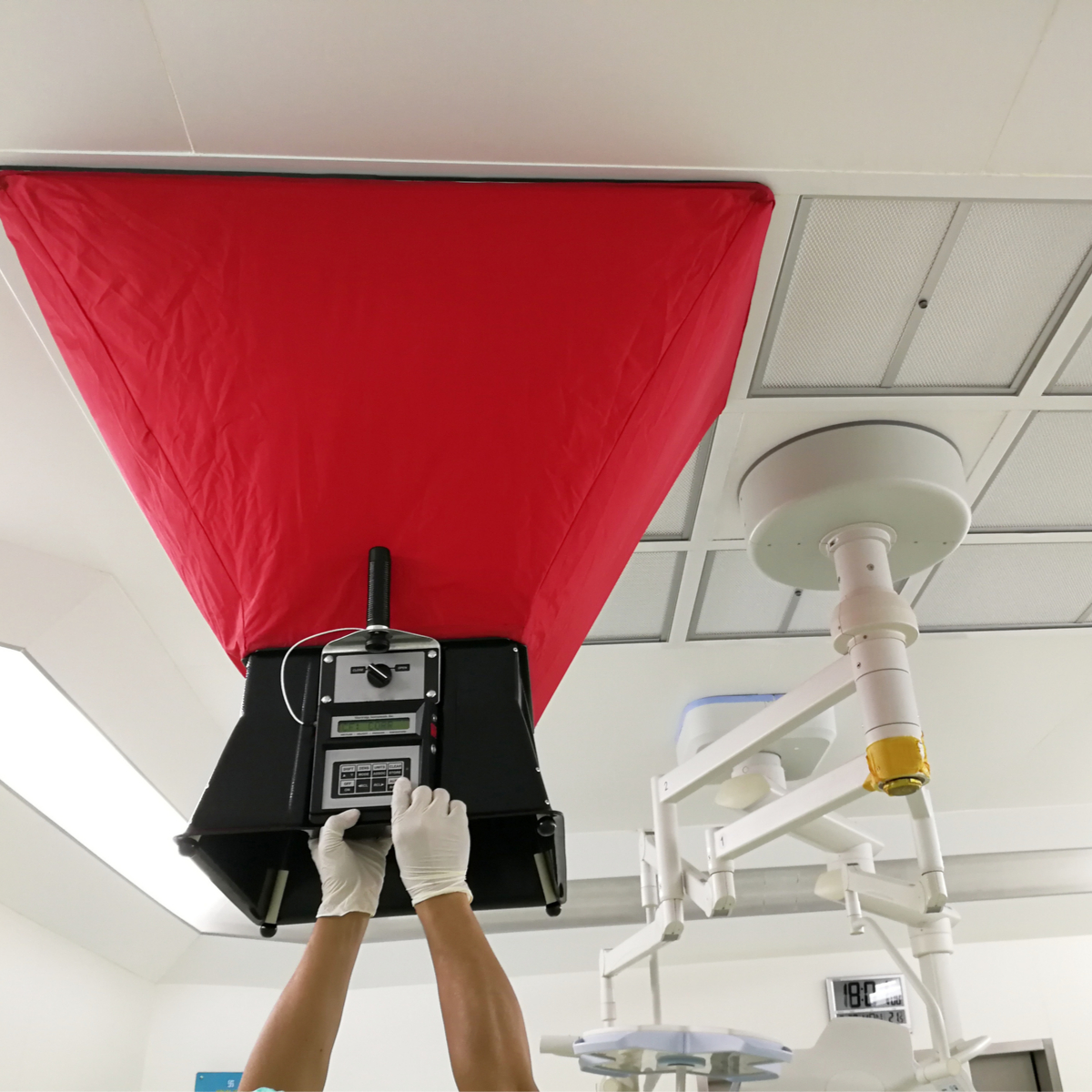
Improving indoor air quality (IAQ) is always a top priority for maintenance professionals or apprentices working on a commercial building’s HVAC system.
Usually, things like billowing industrial smoke and bumper-to-bumper traffic are the images that come to mind when someone mentions air pollution. What about indoor air pollution, though? Do you ever think about how safe and healthy the air is inside a building you live in or work at?
The fact is, indoor air pollution may be just as harmful as that which is outdoors. Americans spend 87 percent of their lives indoors, so indoor air quality is extremely important, and if you work with an HVAC system, you must focus on how to ensure improved IAQ in your building. Don’t worry, it’s not as difficult as it may sound. With some basic knowledge, and a few preventative measures, you can immediately improve indoor air quality.
Four Ways to Improve Indoor Air Quality
Before we explore ways to improve IAQ, you must first know what common indoor air pollutants are.
Common Indoor Air Pollutants
Air pollutants vary in range from dangerous gas leaks to contaminants brought in by animals. Carbon monoxide is one of the most common air pollutants coming from natural gases that penetrate your building.
Other pollutants may include lead particles and asbestos found in older homes and buildings, and they can damage your lungs if inhaled. Similarly, mold and mildew in your kitchens and bathrooms can be another threat to occupant health. They occur in spaces where moisture levels are higher than the rest of the building.
Whether you are an apprentice learning this trade, or an expert working on an HVAC system, here are four ways you can improve the air quality in your building.
Changing Air Conditioning Filters
Your AC systems are always working to give your industrial or commercial building a perfect temperature throughout the year. Besides cycling and cooling all the air, they also filter out some of the common air pollutants, and eventually, they fill up and stop performing their job.
Not only will it cause a problem for your IAQ, but it can also wear down your air conditioning system. It will also lead to expensive repair if not addressed in time. So as a maintenance professional, it is your responsibility to make sure that you change your air conditioning filters in a timely fashion.
Your AC filters are not the only filters you must worry about keeping clean for healthy indoor air quality. If your building has a kitchen, you must inspect the connected vents and conduct regular maintenance.
Check Air Ducts
The air ducts in an industrial or commercial building are responsible for circulating cold and hot air throughout the premises for a comfortable indoor atmosphere. However, inadequately installed or poorly maintained ducts can end up distributing contaminants throughout the building.
Over time, mold, dander, and dust can accumulate in these ducts reducing overall indoor air quality. You must make sure that your air ducts are maintained well to ensure the circulation of clean and fresh air.
Improved Ventilation
Another approach to lowering the concentration of air pollutants in a commercial building is to allow increased airflow of outdoor air. Most cooling and heating systems, including forced heating systems, do not automatically bring in the fresh air.
Opening doors and windows, or operating window fans whenever the weather allows, can help. If your air conditioning unit has a vent control option, use it to increase the outdoor ventilation rate. Exhaust fans throughout the building can help remove the contaminants directly, as well as increase the air ventilation rate.
You must ensure proper ventilation when there are activities taking place which can produce a high level of air pollutants. These activities include:
- Painting/Paint Stripping
- Cooking
- Soldering
- Welding
- Sanding
If you can, conduct these tasks outside the building. Ventilation can help to dilute or remove indoor air pollutants, thus improving IAQ. Carefully evaluated ventilation may also help to reduce outdoor air pollutant entry into the building from sources such as refuse and smoke.
You can introduce outdoor air to promote good indoor air quality by using one of the following methods:
- Natural ventilation via doors and windows
- Ventilation via mechanical means such as HVAC system
- Via infiltration process to increase outdoor airflow into the building
- Through joints, cracks, and openings in the floors, walls, ceilings, and around the doors and windows
Air Cleaners
There is a huge variety of air cleaners available in the market, ranging from inexpensive models for tabletop use to expensive and sophisticated heavy-duty systems. Some of these air cleaners can be highly effective when it comes to removing particles, but remember they are not good at eliminating gaseous air pollutants.
These air cleaners can trap larger allergens such as pet dander, pollen, and dust. They can also get rid of minute particles such as spores, viruses, bacteria, and other volatile organic compounds that may cause a wide variety of health issues. As a responsible maintenance professional, you must try to ensure that the inhabitants of your building have healthy indoor air at all times.
Get Help From the Experts
Getting complaints about poor IAQ from your building’s occupants is something you never want. If you cannot pinpoint the problem area, it’s time to seek the experts’ help to evaluate and identify the factors causing poor indoor air quality. Tate/Site Support Engineering can provide the knowledge of industry experts, and we will not only help resolve the issue, but offer a customized solution according to your needs and budget.
